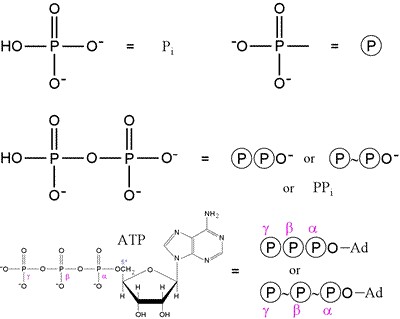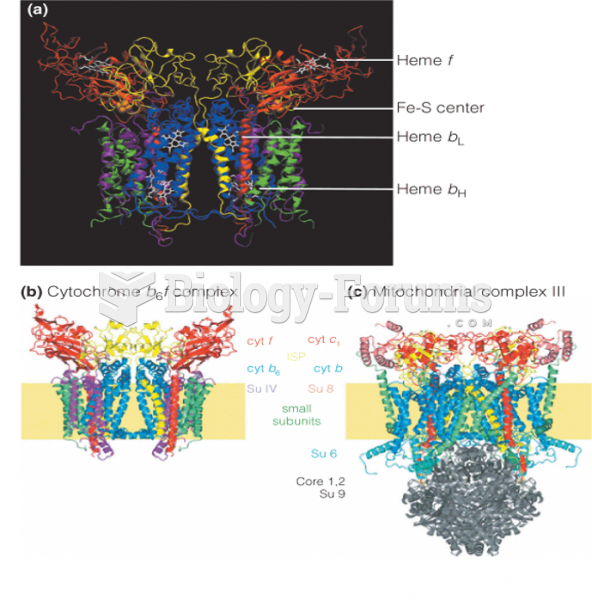Answer to Question 1
TRUE
Answer to Question 2
The ubiquity of e-commerce creates new marketing channels and expands the size of the overall market. It also creates new efficiencies in industry operations and lowers the costs to firms of sales operations. By reducing the cost of information, the Internet provides each of the key players in the value chain for an industry with new opportunities to maximize their positions by lowering costs and/or raising prices. Manufacturers can develop direct relationships with their customers through their own websites and bypass the costs of distributors and retailers. Distributors can develop highly efficient inventory management systems to reduce their costs, and retailers can develop efficient customer relations management systems to strengthen their service to customers. Customers can use the Web to search for the best quality, prices, and delivery methods, thus reducing their transaction costs and the prices they pay for goods.
The global reach of e-commerce lowers barriers to entry and expands the market at the same time. This lowers the costs of both industry and firm operations through production and sales efficiencies. When the operational efficiency of an entire industry increases, it helps the industry to compete with alternative industries and lowers prices and adds value to consumers.
The universal standards of e-commerce lower barriers to entry while at the same time intensifying competition within an industry. Universal standards also reduce the costs for communications and computing, enabling firms to engage in broad-scope strategies. Communications efficiencies can also enable firms to outsource some primary and secondary activities to specialized, more efficient providers without affecting the consumer. The Internet can also be used to precisely coordinate the steps in the value chain for a firm, thus reducing overall costs.
The richness of e-commerce reduces the strength of powerful distribution channels. It also allows firms to reduce their reliance on traditional sales forces and can enhance post-sales support services.
The interactivity of e-commerce reduces the threat of substitutes through the enhanced use of customization. It also reduces industry and firm costs by enabling differentiation strategies. In their totality, the differentiation features of a product constitute the customer value proposition for a firm. The ability of the Web to personalize the shopping experience and to customize a product to the particular demands of each consumer are the most significant ways in which the interactivity of the Web can be used to differentiate products.
The use of Internet technology to personalize and customize a customer's experience or product reduces threats of substitutions, raises barriers to entry, reduces value chain costs by lessening reliance on sales forces, and enables personalized marketing strategies.
The information density on the Web weakens powerful sales channels, thus shifting bargaining power to the consumer, while also lowering the costs of obtaining, processing, and distributing information about suppliers and consumers.
The use of social technologies shifts programming and editorial decisions to consumers; creates substitute entertainment products; and energizes a large group of new suppliers.
E-commerce firms can also leverage the ubiquitous nature, the global reach, the interactivity, and the information density of the Web to differentiate products and services. Firms can make it possible for consumers to purchase a product from home, work, or on the road, anywhere in the world. They can create web-based experiences with unique interactive content and store and process product information, warranties, and helpful hints to differentiate their product and their firm from the competition.







